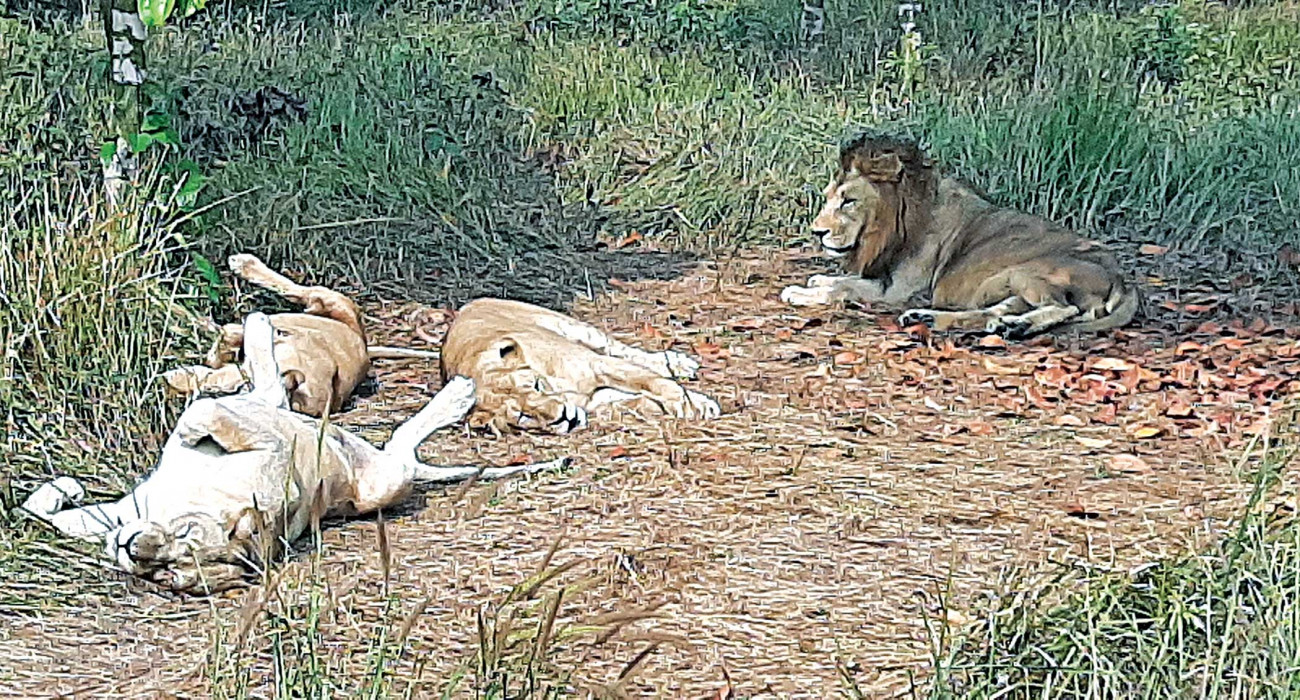Animals in deadly captivity?


Eleven zebras, one lioness and a tiger died within a span of weeks recently at the Bangabandhu Sheikh Mujib Safari Park in Gazipur. The reasons behind their deaths remain unclear as the authorities keep suggesting various possibilities, from anthrax and other bacterial infections to negligence of concerned officials at the park. In order to identify the causes, a five-member investigation committee was formed on January 26 by the environment ministry, which was supposed to have submitted the investigation report within 10 working days, which ended on February 8, 2022. Reportedly, two more animals—a tiger and a lion—are currently ill at the same park.
But the above case is not an outlier. A 12-year-old lioness called Moni died—of a cardiac arrest, allegedly—at the Dhaka National Zoo on January 25, and media reports suggest the incident was kept low-key by the zoo authorities. When asked about why the incident was not made public earlier, the zoo's curator reportedly said, "We log it in our records, no need to gather the press for it."
In Rangpur Zoo, its lone tigress, Shaon, died on February 4, after she had been refusing food and water for about two weeks. In one report, the cause of death has been attributed to the cold, while zoo authorities suggested Shaon had died of old age complications.
The recent animal deaths are making headlines due to their sheer number in a short span of time, and the mysterious circumstances under which they occurred. However, over the years, animals old and young have died in our zoos, with the authorities failing to provide convincing information about most of the deaths.
The recent deaths have raised many questions about the efficiency, sincerity and motivations of the safari park officials, the medical support that is provided to the animals there, the competence of their medical staff, and the overall living conditions of the animals.
Unfortunately, on Sunday, Fisheries and Livestock Minister SM Rezaul Karim ruled out negligence of officials as the issue, rather suggesting that the deaths had been caused by bacterial infection. This statement is problematic for two reasons. First, this suggestion by the minister in the middle of an ongoing investigation is highly irresponsible, as his words might influence the outcome of the probe. Secondly, on what basis is he suggesting that the park officials were not negligent? Is it just another thoughtless, generalised comment—so characteristic of our politicians—or does he have concrete evidence to support his comment? Even if the animals have died of bacterial infection, how did they come into contact with the bacteria in the first place? If the sources of the bacteria are their food or living conditions, are they not a marker of the park officials' negligence? And why could they not be treated before they succumbed to their illness?
Moreover, the attempt of the safari park authorities to keep under wraps the death of the tiger adds to the case against the officials involved. Why did they not come out with the news of the tiger's death earlier? Why did the local MP have to visit the park and enquire about rumours about the tiger's death for the truth to come out?
It has been suggested that the Criminal Investigation Department of the Police is going to help with the environment ministry's investigation. Moreover, a three-member investigation committee has also been formed by the Ministry of Fisheries and Livestock. Three of the concerned officials have been suspended to aid a free and fair investigation. These are welcome moves and we hope that the investigation committees will do their work properly and submit impactful reports that will help in averting the threat to animals living at the safari park.
However, the authorities should also look into the living conditions of animals in zoos across the country. We do not want more animals meeting the same grim fate as Heera, Moni and Shaon. Going by the dilapidated condition of our zoos, it is apparent that there is ample room for improvement. However, the system seems to have accepted this sorry state as the standard.
Perhaps a shakeup is now needed for the system to come out of its hibernation state and take meaningful measures to make zoos more habitable for animals. Perhaps we need more officials who are sensitive to the needs of the animals and understand the concept of animal rights. While there is an entire debate over the ethical aspect of keeping animals confined in zoos—perhaps best-saved for another day—right now, we have to focus on the fact that we need to make our zoos safer for their inhabitants.



 For all latest news, follow The Daily Star's Google News channel.
For all latest news, follow The Daily Star's Google News channel.
No comments